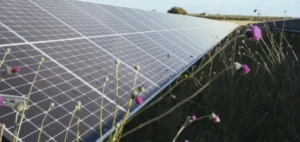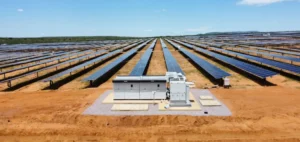The partnership between Masdar and PLN, Indonesia’s state-owned electricity company, has been strengthened with the signing of agreements to develop Southeast Asia’s largest floating solar power plant, the Cirata project in Indonesia. This collaboration, formalized at the COP28 climate change conference in the United Arab Emirates, builds on a history of fruitful cooperation.
The Cirata Project: A Model of Energy Innovation
The Cirata project, located on the Cirata reservoir in West Java, is already operational and produces enough renewable energy to power 50,000 homes, reducing 214,000 tonnes of carbon emissions per year. The recent agreement between Masdar and PLN provides for the extension of the plant’s capacity to 500 MW.
Exploring Green Hydrogen Opportunities
The agreements also include a joint study to develop green hydrogen, a promising energy vector for decarbonizing hard-to-electrify sectors such as steelmaking, construction, transport and aviation. The United Arab Emirates and Indonesia, with their abundant solar resources, are ideally positioned to become centers of green hydrogen production.
Economic and environmental impact of the project
The Cirata project represents not only a technological breakthrough, but also a model for Southeast Asia’s energy transition. As well as providing clean energy, the floating solar power plant reduces land use and water evaporation, improving efficiency and sustainability.
The expansion of the Cirata project and the exploration of green hydrogen by Masdar and PLN illustrate innovation in the renewable energy sector, playing a crucial role in achieving the carbon neutrality goals of both countries.






















